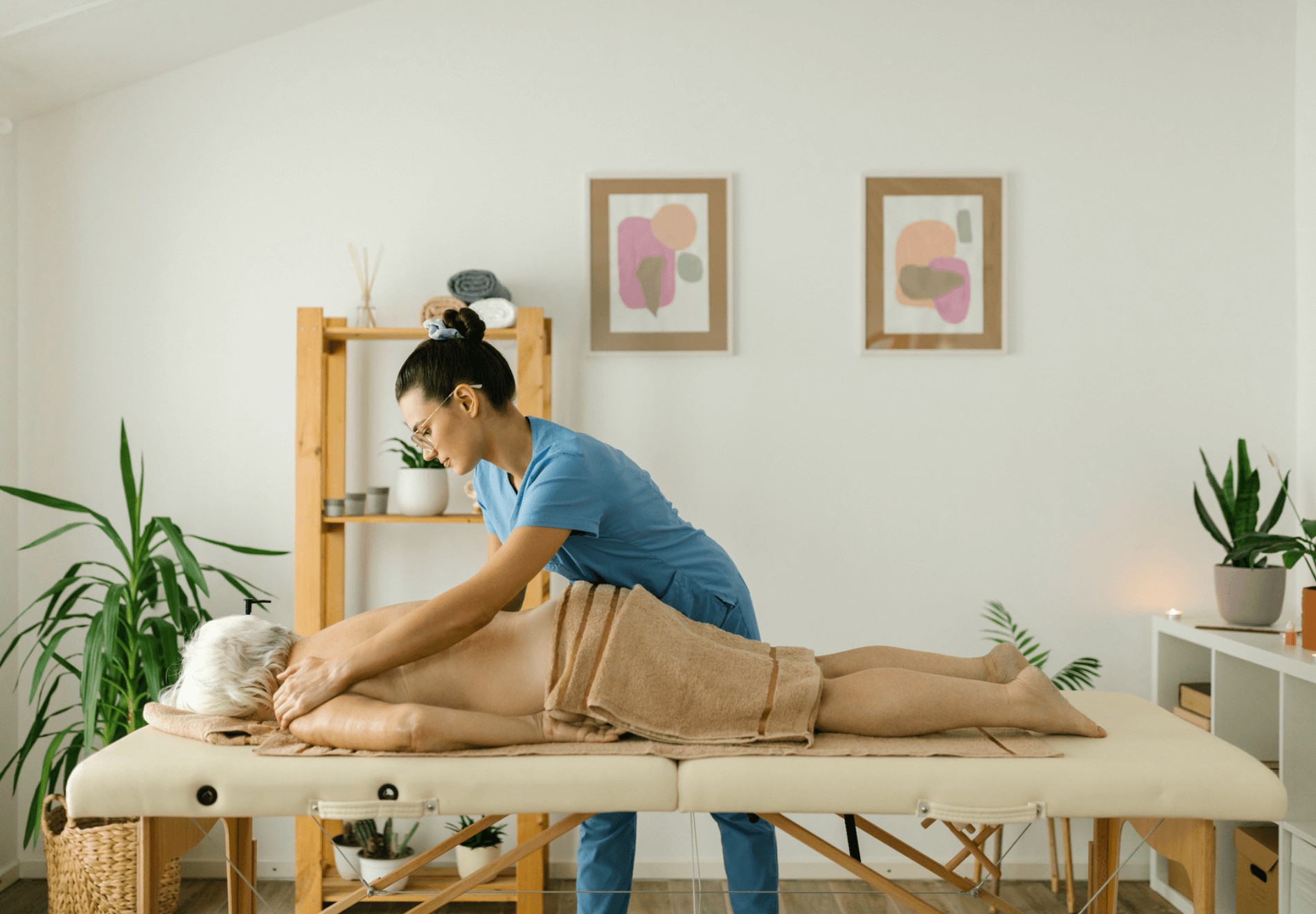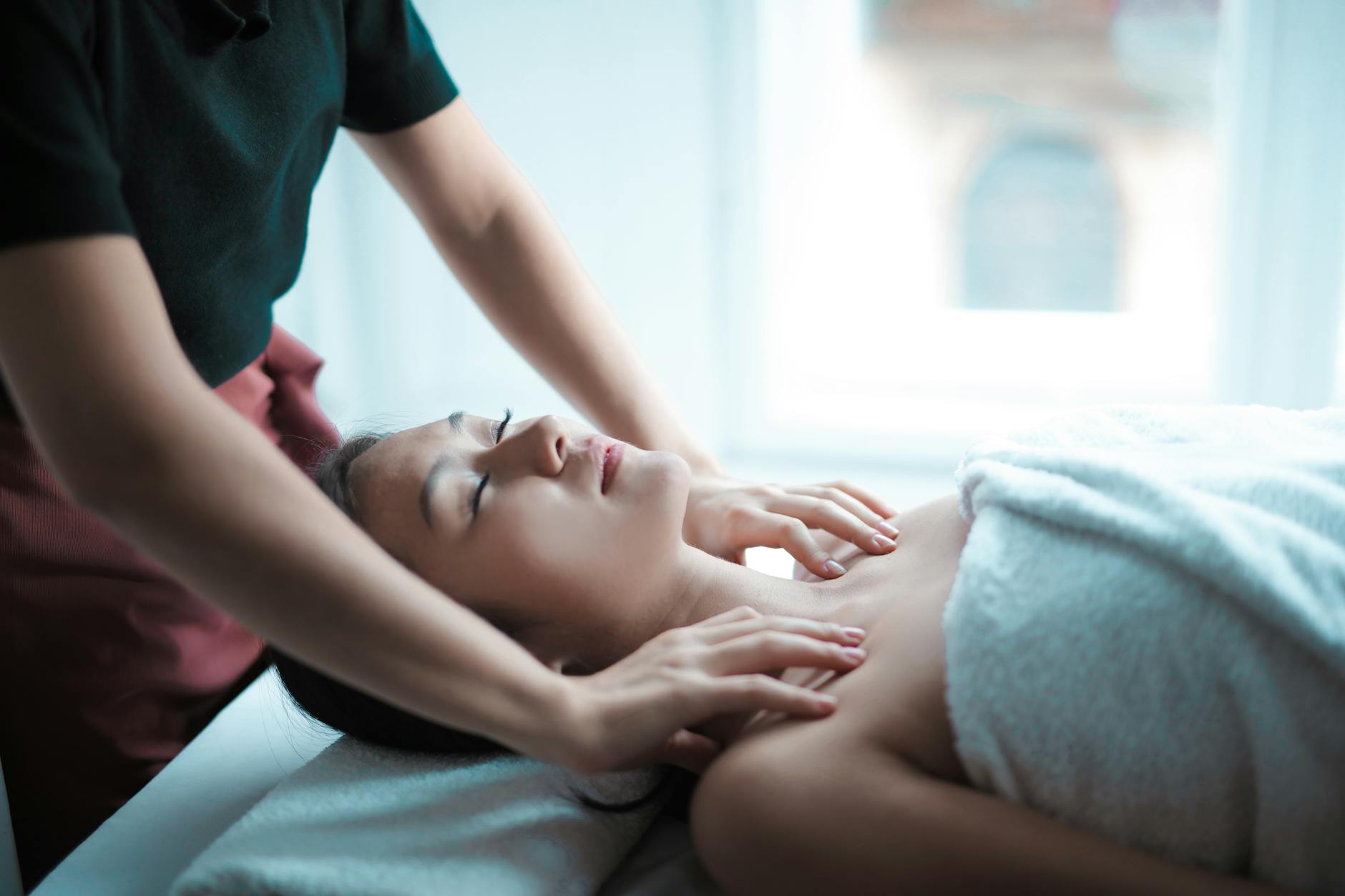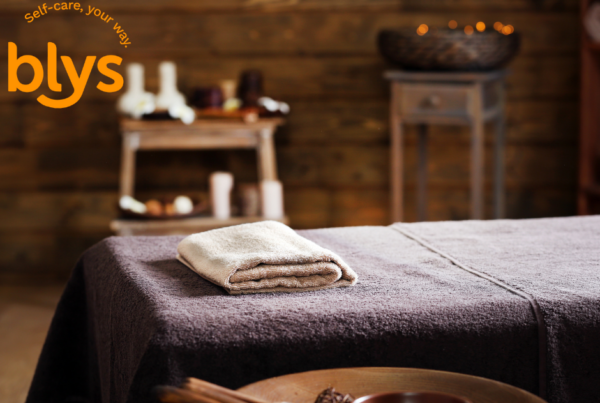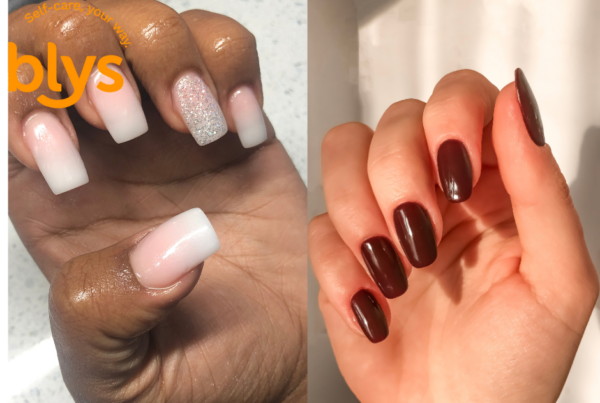
Aches, pains, and stiffness—oh my! As we age, our bodies start making sounds we didn’t know they could (seriously, was that my knee or the floorboard?) Whether it’s a parent, grandparent, or that lovely neighbor who always slips you extra biscuits, many older adults deal with discomfort from arthritis, circulation issues, and general wear and tear.
The good news? Massage therapy can help. And no, we’re not talking about aggressive elbow-digging that makes them regret their life choices—we mean soothing, targeted techniques that ease pain, improve mobility, and bring some much-needed relaxation.
So, if you’re looking for a thoughtful way to support an older loved one (without resorting to another pair of fluffy socks), a massage might just be the perfect gift. Let’s dive into some of the most effective massage techniques for common age-related ailments.
Arthritis Relief: The Gentle Touch Approach
Arthritis is basically the body’s way of saying, “I’m tired of this nonsense,” leading to stiff, swollen, and achy joints. For seniors dealing with osteoarthritis or rheumatoid arthritis, massage can help reduce inflammation, ease stiffness, and improve mobility.
Swedish Massage: The Classic Go-To for Comfort
Swedish massage is one of the most widely recommended techniques for arthritis relief—and for good reason. It uses long, gliding strokes (effleurage) to increase blood circulation, helping to warm up the muscles and joints, reducing stiffness, and making movement smoother. Gentle kneading (petrissage) works to release tension without putting excessive pressure on sensitive joints. And let’s not forget about rhythmic tapping (tapotement), which can stimulate nerve endings and help improve sensation in areas affected by arthritis.
The best part? Swedish massage promotes overall relaxation, which helps lower cortisol levels (the stress hormone) and encourages the body to release endorphins—nature’s painkillers. So, while it may not magically reverse arthritis, it can definitely make those creaky joints feel a little more cooperative. Think of it as oiling a squeaky door—things just move better afterward.
Myofascial Release: Easing Tension, One Stretch at a Time
Arthritis doesn’t just affect joints—it also impacts the surrounding soft tissues, leading to muscle tightness and restricted movement. This is where myofascial release comes in. The fascia is the connective tissue that surrounds muscles, and when it becomes tight or inflamed, it can contribute to stiffness and discomfort.
Myofascial release involves applying gentle, sustained pressure to these tight areas, allowing the fascia to lengthen and loosen up. It’s all about slow, stretching movements rather than forceful pressure. A therapist may hold a gentle stretch for a few minutes to encourage the fascia to relax, improving flexibility and reducing pain over time.
It’s particularly beneficial for seniors who experience chronic stiffness and limited mobility due to arthritis. By releasing tension in the connective tissues, myofascial release can help them move more freely—whether that’s reaching for a cup of tea, walking without discomfort, or simply being able to enjoy daily activities with less pain.
With arthritis, the golden rule is “less is more.” Massage should never be too aggressive—think “gentle waves on a beach,” not “a toddler aggressively kneading Play-Doh.” A skilled therapist will tailor the pressure and techniques to ensure comfort, providing relief without exacerbating inflammation.
Poor Circulation: Get That Blood Flowing
Cold hands, cold feet, and a general feeling of sluggishness? Poor circulation is a common issue among older adults and can lead to numbness, swelling, and muscle cramps. It’s like the body’s internal highway system starts experiencing traffic jams, making it harder for oxygen and nutrients to reach the muscles and extremities. The good news? Massage therapy can act as a natural traffic controller, getting things moving again and improving overall circulation.
Swedish Massage: The Classic Circulation Booster
Swedish massage is particularly effective for enhancing blood flow and alleviating symptoms of poor circulation. Using effleurage (long, sweeping motions), therapists gently push blood toward the heart, helping to warm up the muscles and reduce that icy feeling in the hands and feet. Meanwhile, petrissage (a kneading technique) works deeper into the muscles, encouraging lymphatic drainage, breaking down fluid buildup, and relieving muscle tension. The combination of these two techniques not only helps with circulation but also provides deep relaxation—because let’s face it, everyone loves a good Swedish massage.
Lymphatic Drainage Massage: Detox and De-Puff
When circulation slows down, the lymphatic system—the body’s natural detox mechanism also tends to become sluggish. This can lead to swelling (hello, puffy ankles), fluid retention, and a buildup of toxins in the body. Lymphatic drainage massage is a specialised technique designed to get things moving again.
Using very light, rhythmic strokes, a therapist encourages lymph fluid to drain away from swollen areas and move toward the lymph nodes, where it can be processed and eliminated. Unlike deep tissue massage, which focuses on muscle tension, lymphatic drainage is incredibly gentle—think soft, wave-like motions that guide excess fluid away, reducing swelling and promoting detoxification.
For elderly individuals dealing with swelling in the legs or feet due to conditions like diabetes, heart disease, or prolonged sitting, lymphatic drainage can be a game-changer. Not only does it help with circulation, but it also reduces discomfort and makes movement feel lighter and easier.
Foot Reflexology: More Than Just a Foot Rub
If your loved one complains about constantly cold feet or tingling sensations, foot reflexology might be exactly what they need. This ancient technique involves applying pressure to specific points on the feet that correspond to different organs and systems in the body. It’s not just about pampering the feet—it’s about stimulating circulation and improving overall health.
By targeting reflex points related to the heart and blood vessels, reflexology can help enhance circulation, warm up cold feet, and even improve energy levels. Plus, let’s be real—who doesn’t love a good foot massage? The feet take on a lot of stress daily, and giving them some attention can provide relief not just locally but throughout the entire body.
If your loved one is constantly layering on socks, complaining about numb toes, or just feeling sluggish overall, a combination of Swedish massage, lymphatic drainage, and foot reflexology might be exactly what they need.
Back Pain: Because “Getting Old” Isn’t a Diagnosis
Lower back pain is one of the most common complaints among seniors—right up there with “kids these days” and “why is it so loud in here?” Whether it’s from years of lifting, bending, sitting too much, or just existing, back pain can be a real mood killer. It affects mobility, sleep, and the ability to enjoy simple activities (like standing up without making sound effects). The good news? Massage therapy can be a game-changer for chronic back pain, helping to relieve tension, improve flexibility, and make moving around feel a little less like a creaky door hinge.
Deep Tissue Massage: Getting to the Root of the Pain
For seniors dealing with chronic back pain, deep tissue massage is like hitting the reset button on tight muscles. Unlike a light, relaxing massage, this technique works on the deeper layers of muscle and fascia (the connective tissue that holds everything together). The therapist uses slow, firm pressure and targeted strokes to break down adhesions (those pesky knots and bands of tightness) that can restrict movement and cause discomfort.
Now, deep tissue massage has a bit of a reputation for being intense, but for elderly clients, therapists will always adjust the pressure to ensure it’s comfortable and effective. The goal isn’t to make anyone wince—it’s to slowly and steadily relieve built-up tension, improve circulation, and help the muscles function more efficiently. Over time, regular deep tissue massage can reduce stiffness, improve posture, and even help with conditions like sciatica, where nerve pain radiates down the lower back and legs.
Trigger Point Therapy: Releasing Those Sneaky Knots
You know those stubborn, painful knots in the back that just won’t quit? The ones that make it feel like you’re carrying a small rock collection on your shoulders? That’s where trigger point therapy comes in.
Trigger points are hyper-irritable spots in muscles that can cause referred pain—meaning you might feel discomfort in your lower back, but the actual source of the problem is a tight muscle somewhere else (like the glutes or shoulders). A skilled therapist will apply gentle but focused pressure to these trigger points, encouraging the muscle to relax and release. This can provide almost instant relief and improve range of motion.
For seniors who experience sharp or radiating pain in their back, trigger point therapy can help identify and resolve the underlying tension patterns. It’s like finding the root cause of a backache instead of just treating the symptoms.
Hot Stone Massage: Because Heat is Magic
If deep tissue or trigger point therapy sounds a little too intense, hot stone massage offers a more soothing alternative. Smooth, heated stones are placed on the back and used to massage tight muscles, helping to increase blood flow, reduce stiffness, and melt away tension. The warmth penetrates deep into the muscles, making it easier to release knots without applying intense pressure.
Hot stone massage is especially great for seniors who experience chronic pain but prefer a gentler touch. The combination of heat and massage helps relax the nervous system, improve circulation, and provide a deep sense of relaxation—so if your loved one needs a stress-busting, pain-relieving treatment, this is a great option.
Insomnia & Stress: Sleep Like a Baby (But Without the Crying)
Sleep can become elusive as we age—tossing, turning, waking up at 4 AM for no reason at all, and wondering if it’s too early for breakfast. A restless night can leave seniors feeling groggy, irritable, and even more prone to aches and pains. Instead of relying on sleep aids, massage therapy offers a natural way to unwind, lower cortisol (the stress hormone), and ease the body into a state of deep relaxation.
Swedish Massage: The Ultimate Wind-Down
For those struggling with sleep, Swedish massage is one of the best techniques to induce deep relaxation. Its gentle, rhythmic strokes—especially effleurage (long, flowing movements) and petrissage (kneading motions)—work together to calm the nervous system, promote circulation, and release tension that might be keeping the body in a constant state of alertness. The slow, methodical pace of a Swedish massage encourages the body to shift into “rest and digest” mode, making it easier to drift off into a full night of restful sleep.
Unlike deep tissue massage, which works out knots and muscle tension, Swedish massage is more about creating a full-body state of calm. Think of it as a slow lullaby for the muscles—no deep pressure, no aggressive kneading, just soothing strokes that tell the body, “It’s time to relax now.”
Head & Scalp Massage: Goodbye Racing Thoughts
Ever tried to sleep, only to have your brain remind you of embarrassing things you did 15 years ago? A head and scalp massage can help quiet those racing thoughts by focusing on pressure points that promote relaxation. This type of massage not only eases tension in the forehead, jaw, and neck but also improves blood flow to the scalp, reducing headaches and mental fatigue.
A scalp massage is especially beneficial for seniors who experience stress-related tension, migraines, or trouble unwinding at night. The rhythmic, circular motions stimulate the release of endorphins, helping to ease anxiety and lull the mind into a more peaceful state.
Aromatherapy Massage: Scent Your Way to Sleep
Want to take relaxation up a notch? Aromatherapy massage combines the benefits of touch with the power of scent to create a deeply soothing experience. Essential oils like lavender, chamomile, sandalwood, and ylang-ylang are known for their calming effects and can help reduce stress, anxiety, and even mild cases of insomnia.
Lavender, in particular, has been scientifically proven to slow down the nervous system, lower heart rate, and promote a deeper, more restorative sleep. When combined with a Swedish massage, the result is a double dose of relaxation, helping the body and mind fully unwind before bedtime.
For an even more luxurious experience, therapists can incorporate warm towels infused with essential oils or diffuse calming scents in the room, turning the massage session into a full sensory retreat.
Hand Massage: The Underrated Sleep Aid
If a full-body massage feels like too much, even a simple hand massage can work wonders for stress relief. The hands contain numerous acupressure points connected to different parts of the body, and massaging them helps to release tension, lower blood pressure, and promote a sense of overall calm.
A gentle hand massage with warm oil before bedtime can be a simple yet effective way to prepare for sleep. It’s a great option for seniors who may not be comfortable with a full-body session but still want to enjoy the benefits of massage therapy.
Evening Massages: The Pre-Bedtime Ritual
If your loved one struggles with sleep, consider booking a massage in the evening to help them wind down before bed. A relaxed body and mind make it easier to slip into a deep sleep, free from tossing, turning, and counting imaginary sheep.
A combination of Swedish massage, aromatherapy, and a soothing scalp massage can create the perfect bedtime routine—helping seniors sleep through the night and wake up feeling refreshed, instead of wondering why the sun is up at 5 AM.
How to Book a Massage for an Elderly Loved One
If this all sounds like a dream come true for someone in your life, here’s how to make it happen:
- Find the Right Therapist: Blys connects you with professional, mobile massage therapists who know exactly how to tailor treatments for seniors.
- Choose the Right Massage: If they have specific health concerns, opt for a therapist experienced in elderly massage techniques.
- Create a Comfortable Space: A quiet, warm room can turn a massage into a spa-like experience.
- Check-In Afterwards: Ask how they feel post-massage. If they love it (which they will), make it a regular thing!
A massage is more than just a luxury—it’s a way to improve quality of life, reduce pain, and bring a little joy to someone who’s spent a lifetime caring for others. So, if you know an elderly loved one who could use a little TLC, why not surprise them with the ultimate gift of relaxation?
Because let’s be real—if anyone deserves it, it’s them.





